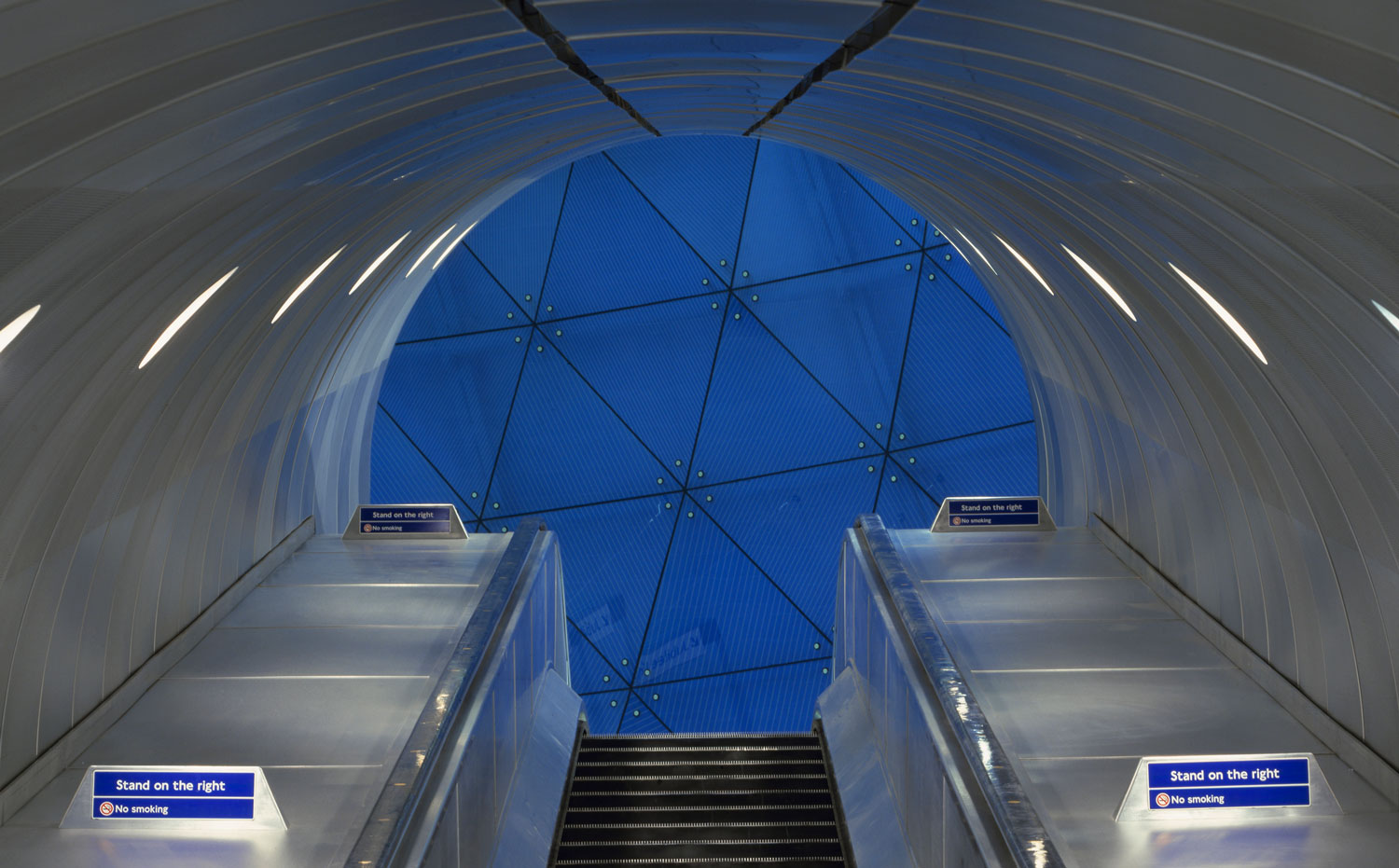
Throughout their extension works to the Jubilee line, London Underground embraced the constraints of sub-ground, urban settings, and created a series of award-winning spaces and works of art. The much-lauded Southwark Station Glass Wall was just one of these feats of design, introducing beauty and tranquillity to a deep, narrow corridor.
Artistic collaboration to create Southward Station’s stunning curved glass wall
The collaborative work between architect Richard MacCormac and artist Alexander Beleschenko, features a conical wall surrounding an escalator, 16 m tall and 40 m long and incorporating 496 triangular panes of blue glass. The changes in colour and tone reflect the commuter’s transition from bright sunlight into the darkness below, providing reflections of pale light at a high level, and rich depth of colour at the foot of the escalator.
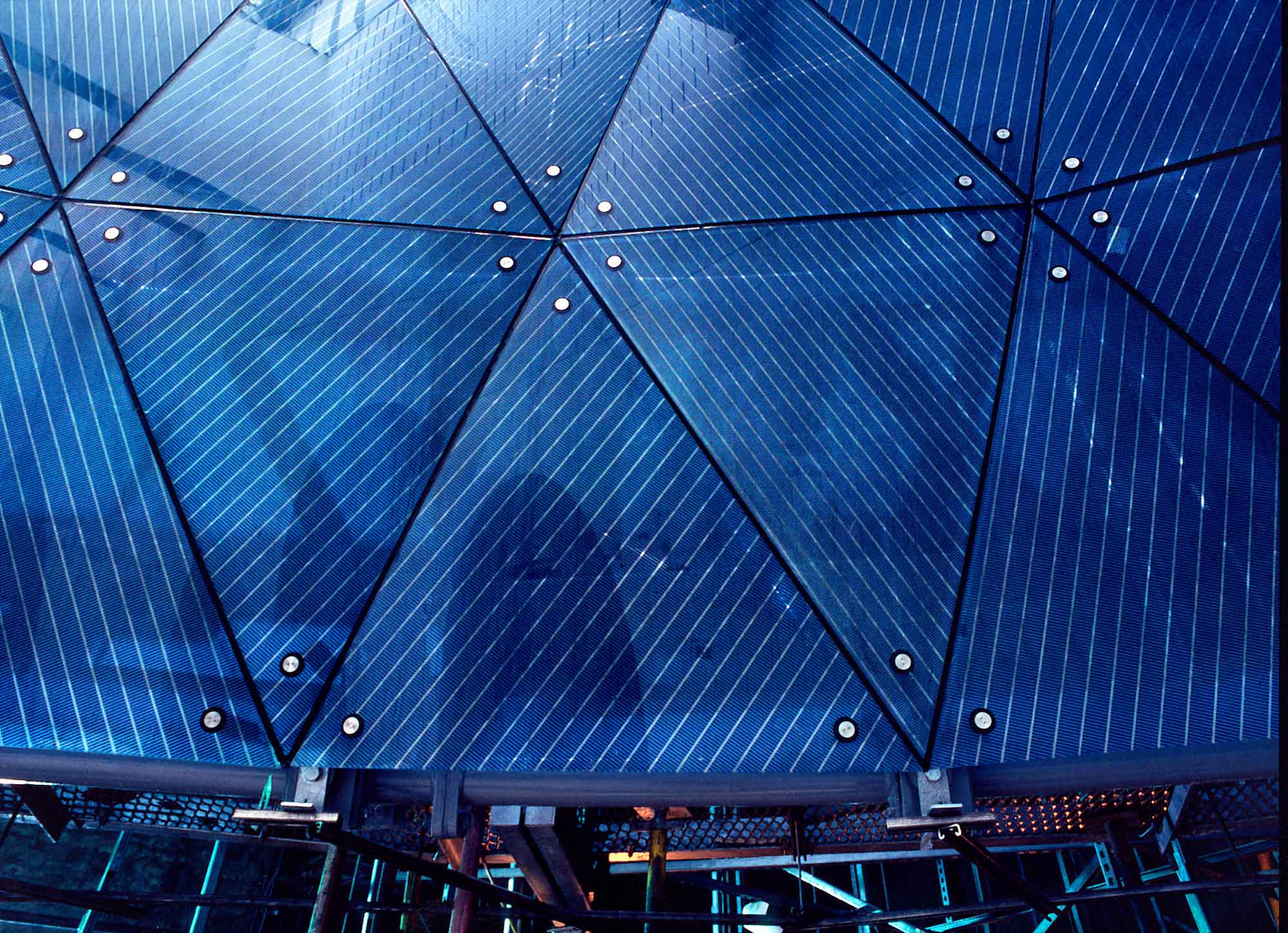
Conceptually, the idea was straightforward, but in order to make it work we needed to first devise a cutting-edge software programme that would unfurl the cone into a 2D plan of its component triangles. This provided a basis from which the fabricator could work, with a focus on minimising tolerances.
We then returned to analysis of the irregular curve of the wall in order to consider options for structural restraint. We wanted to design standard fixing details to aid the programme and limit cost, but each triangle was structurally bespoke due to its unique position in relation to the wall. The glass also had to withstand suction at varying levels, and triangle thicknesses varied to accommodate this as well as the wall’s disparate loadings.
The structural system behind the glass was a simple steel frame, but we worked to develop custom stainless-steel ‘spider’ fixings, which provided a bridge between steel and glass. Each spider connected six triangles together using prongs that were free to slide and turn, adapting to the different conditions.
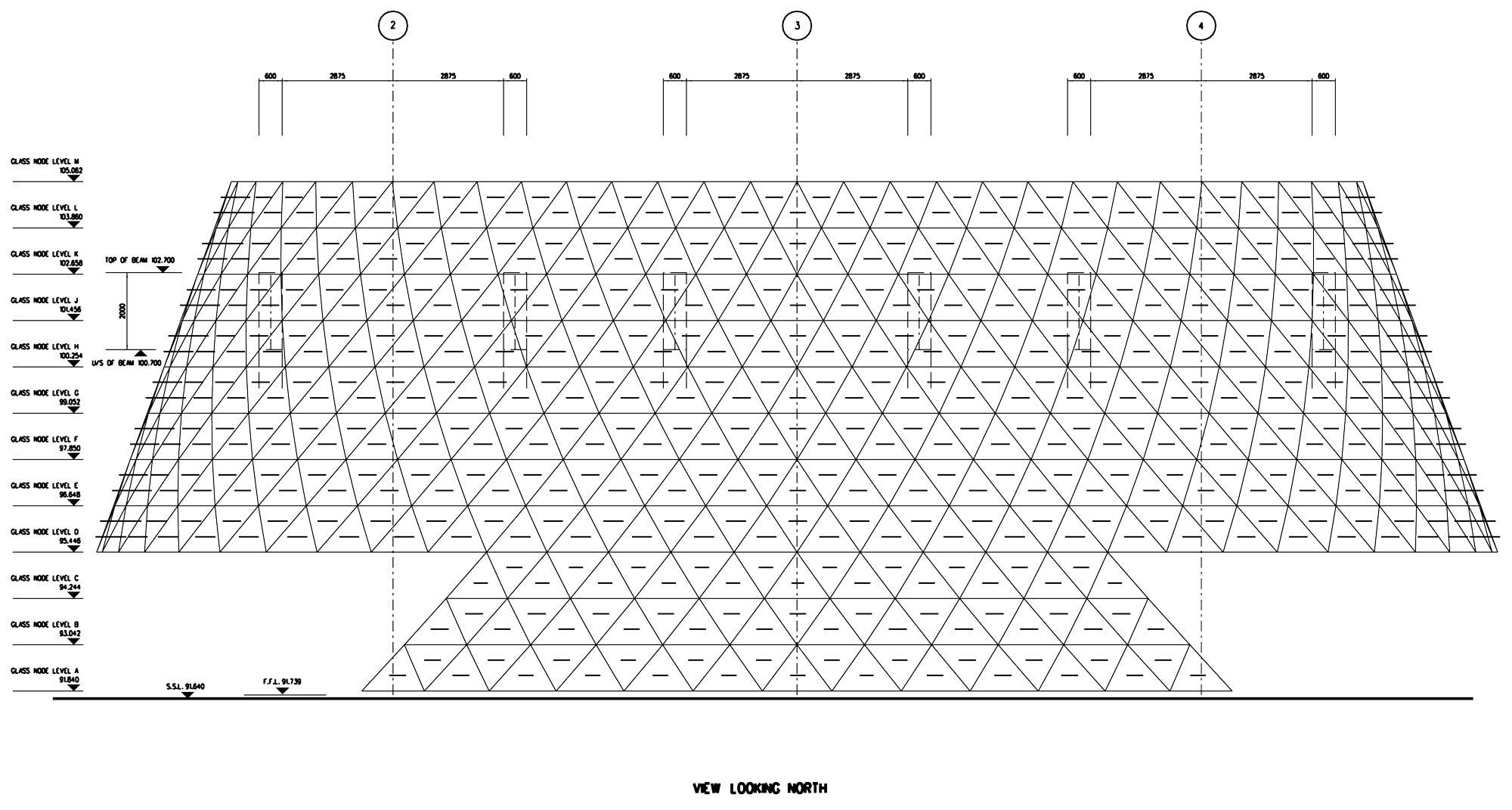
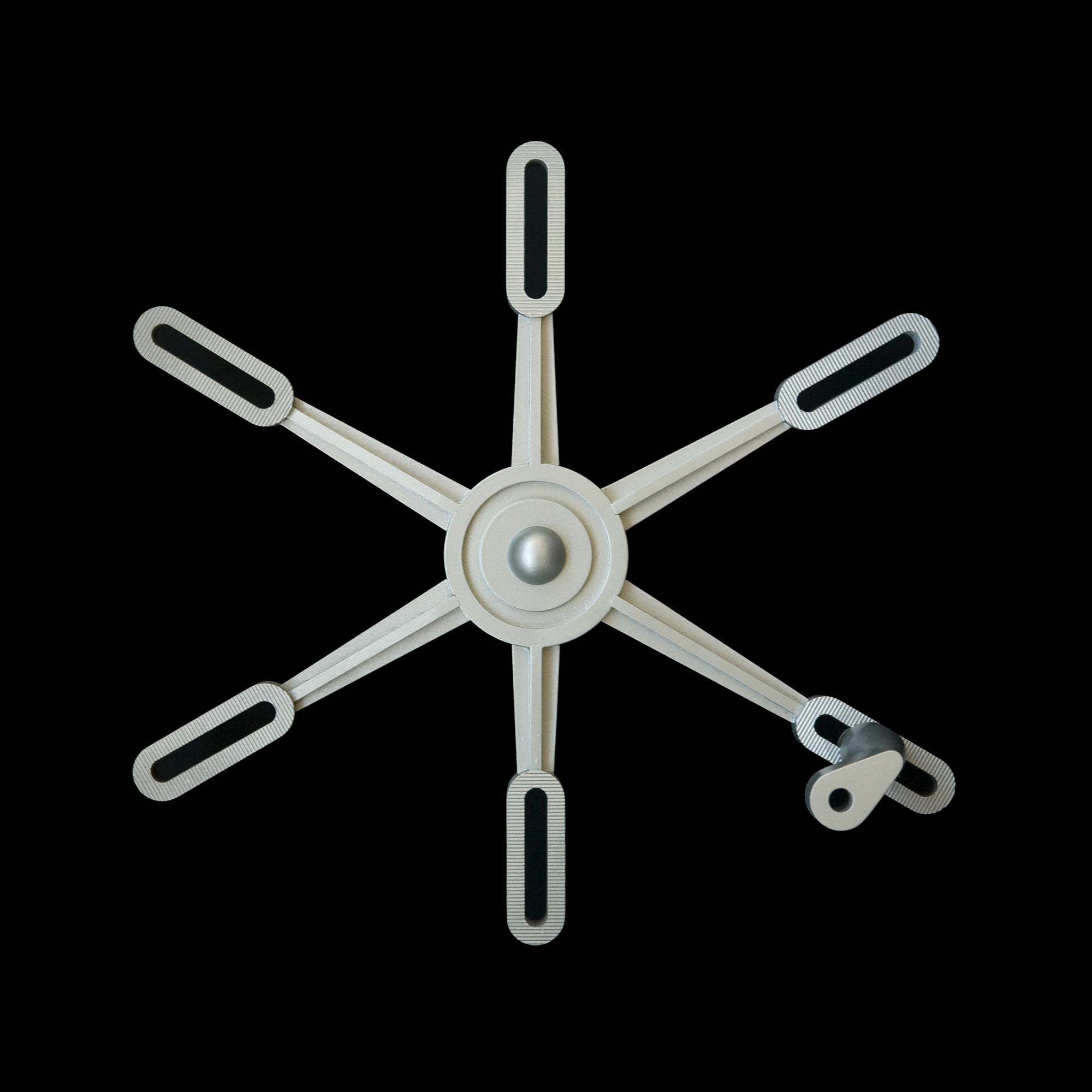
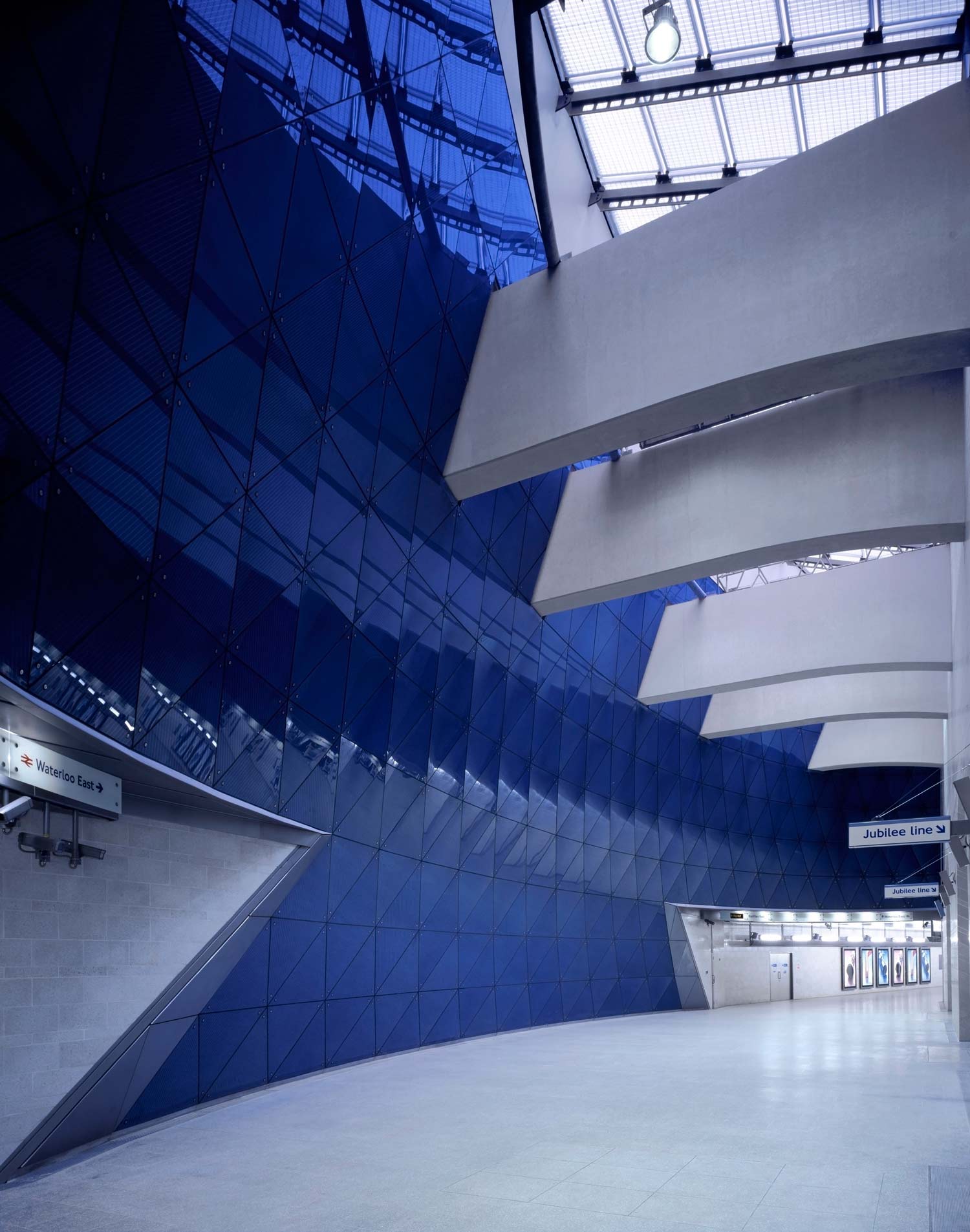
2000 RIBA Award
2000 Royal Fine Art Commission Trust – Building of the Year
2000 Concrete Society Award – Certificate of Excellence
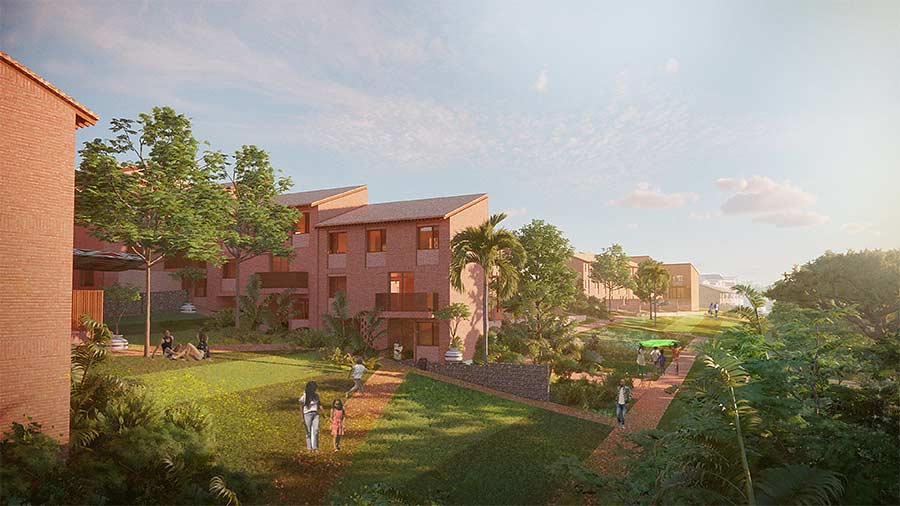 Green City
Green City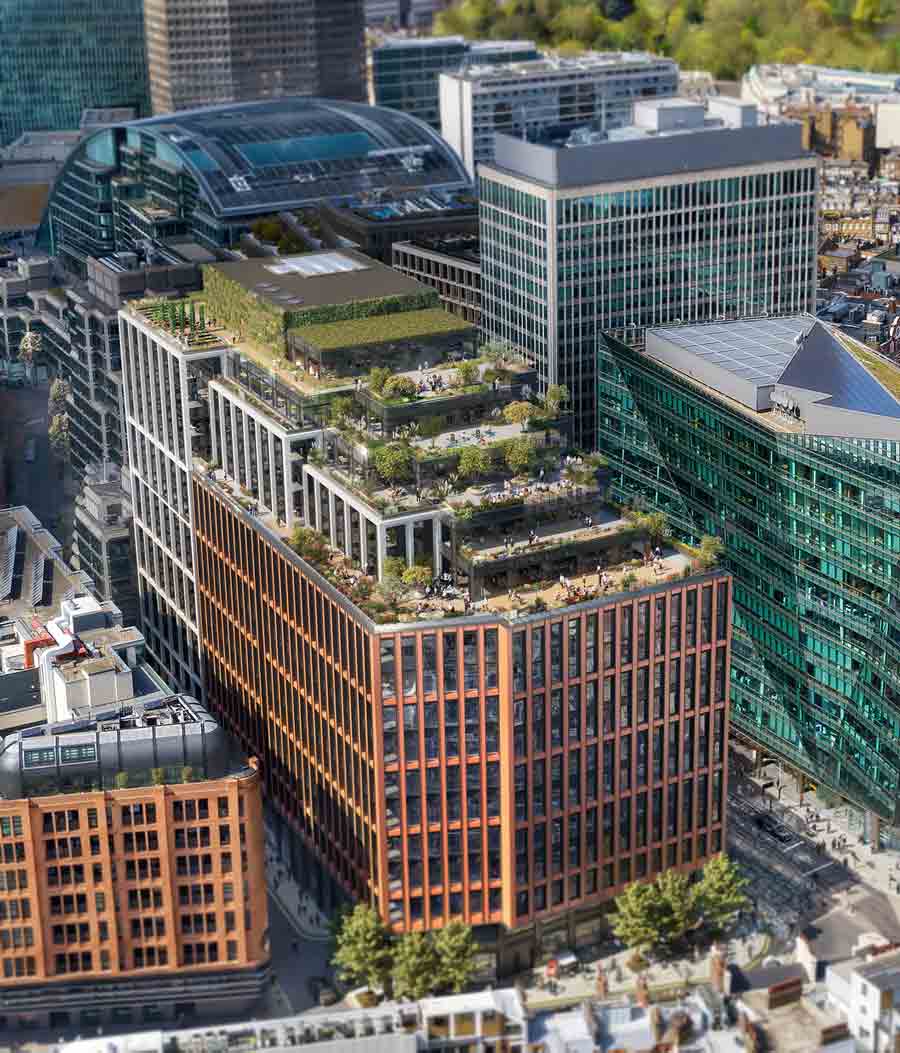 105
105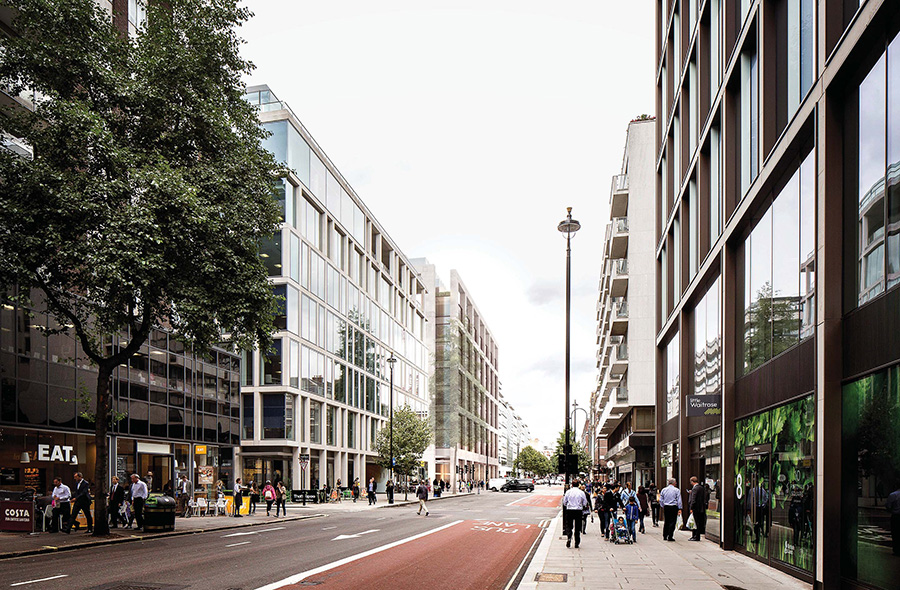 25
25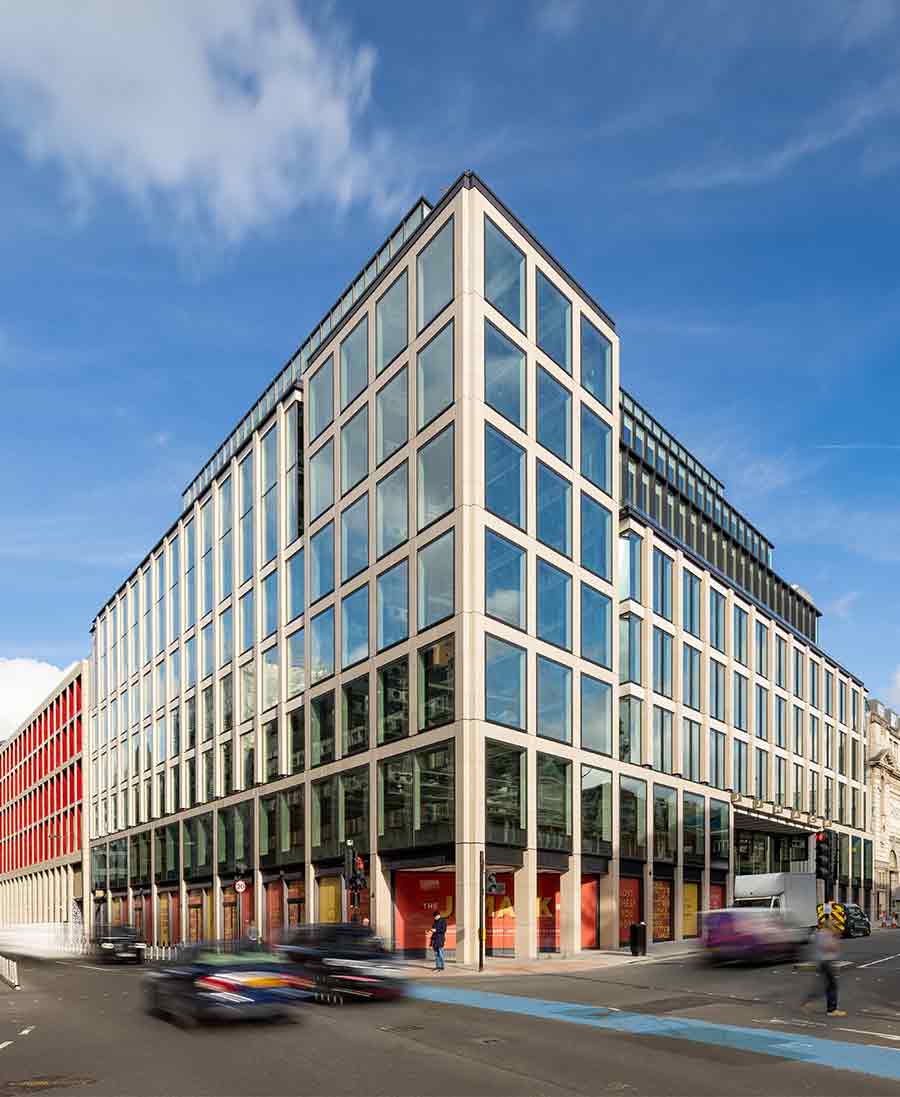 The JJ Mack
The JJ Mack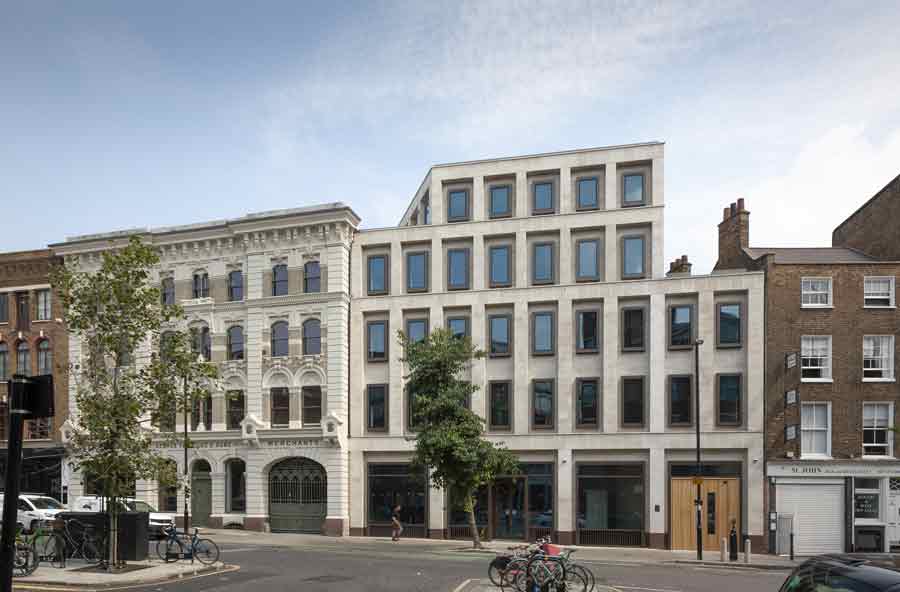 The Farmiloe.
The Farmiloe.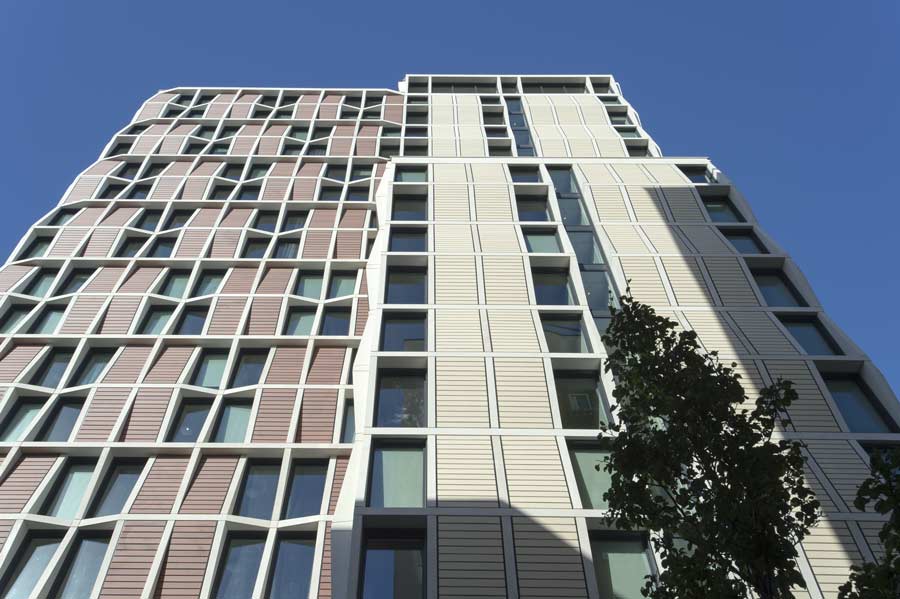 Pure
Pure 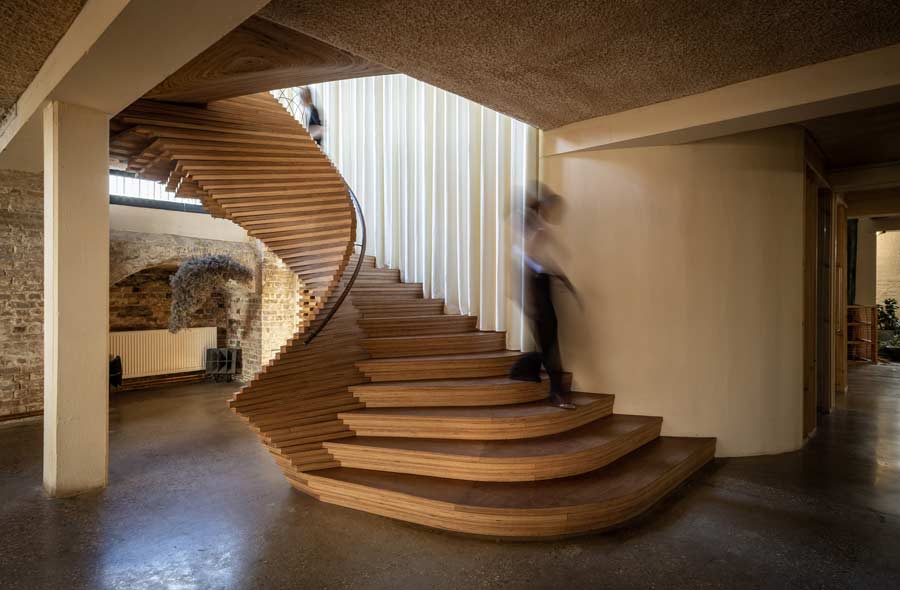 Tabernacle
Tabernacle  Whitworth
Whitworth White City
White City 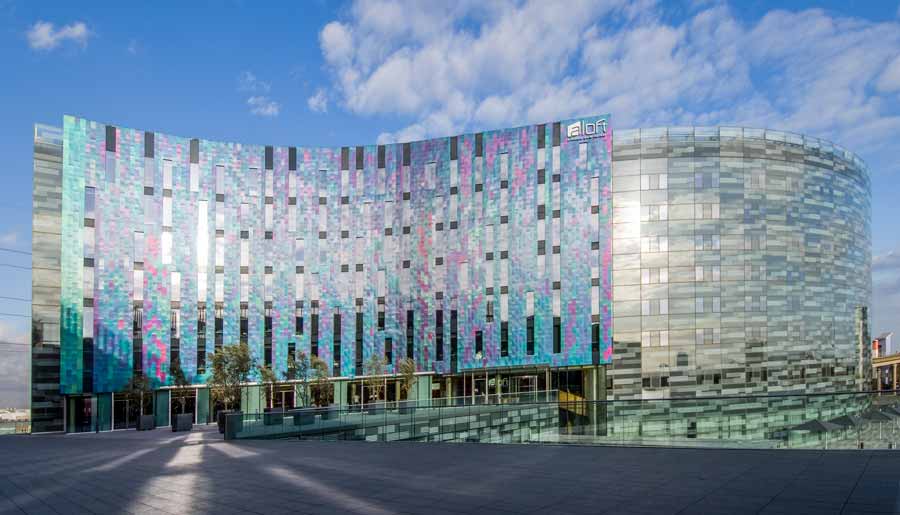 Aloft
Aloft  NXQ
NXQ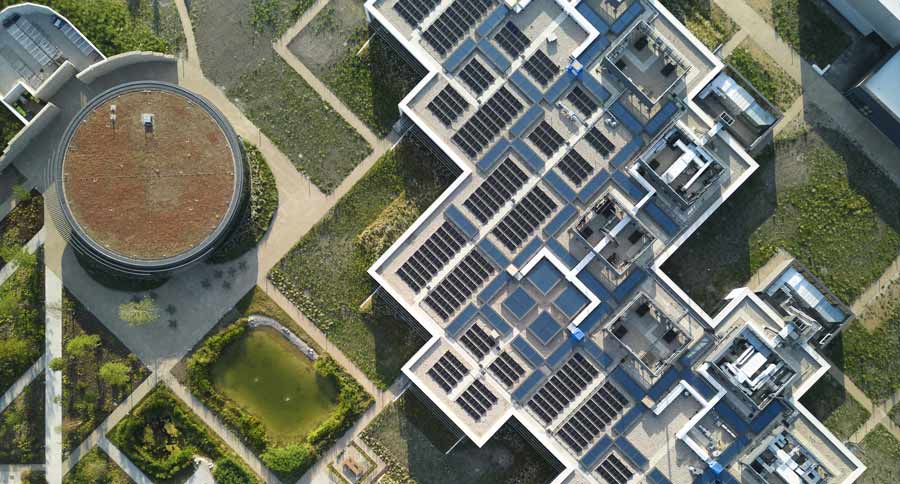 TTP
TTP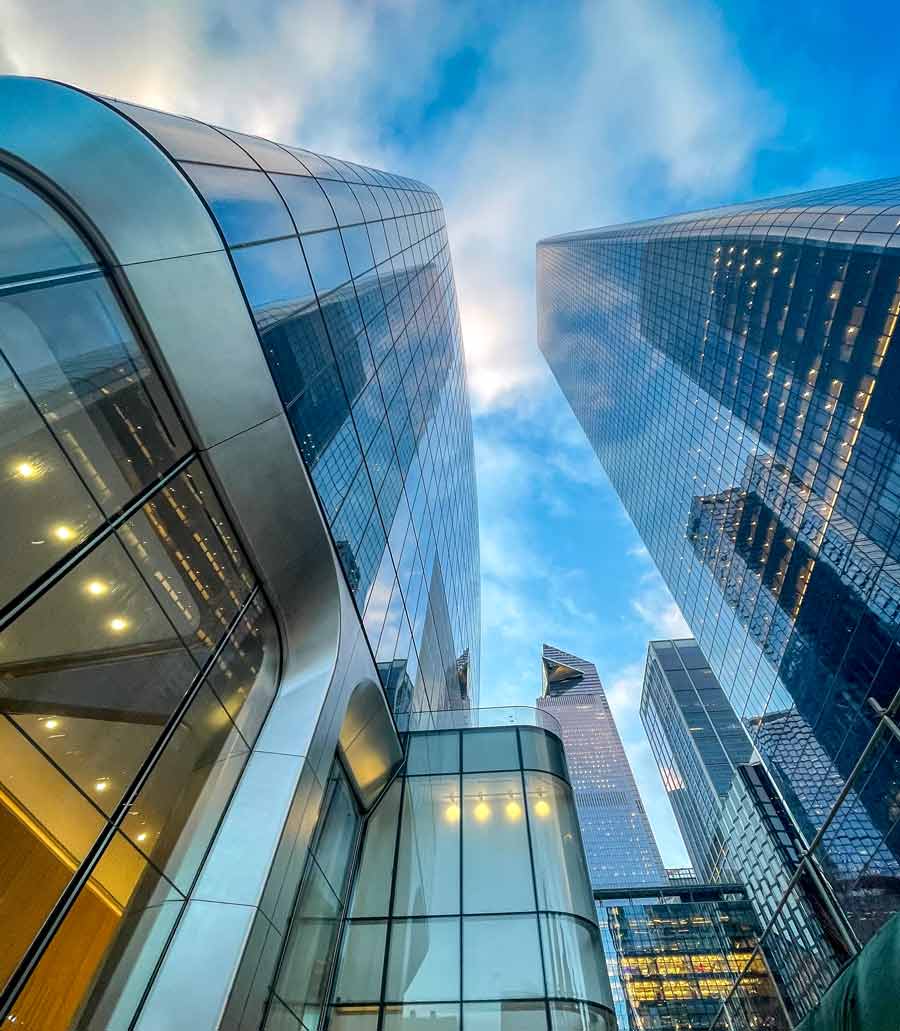 Two
Two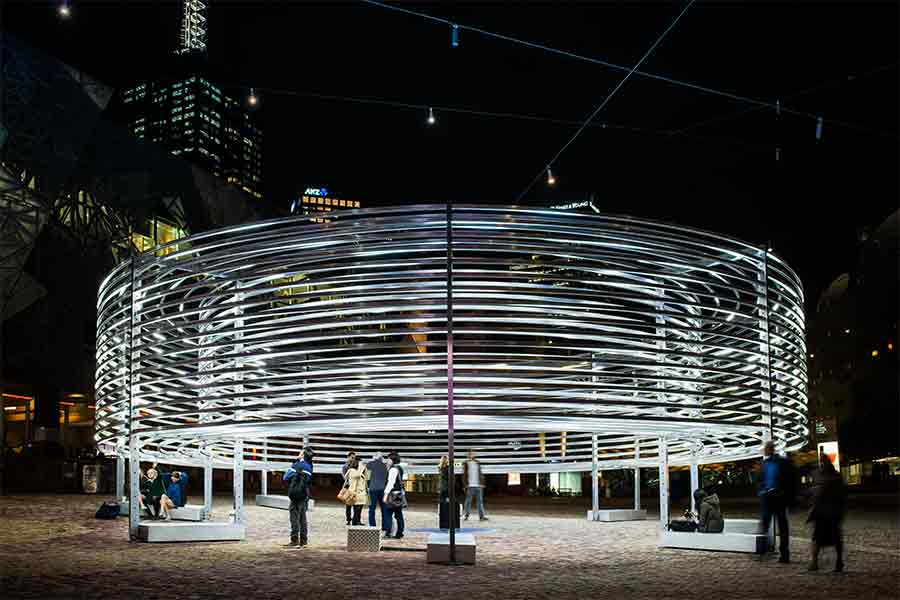 'Radiant Lines'
'Radiant Lines'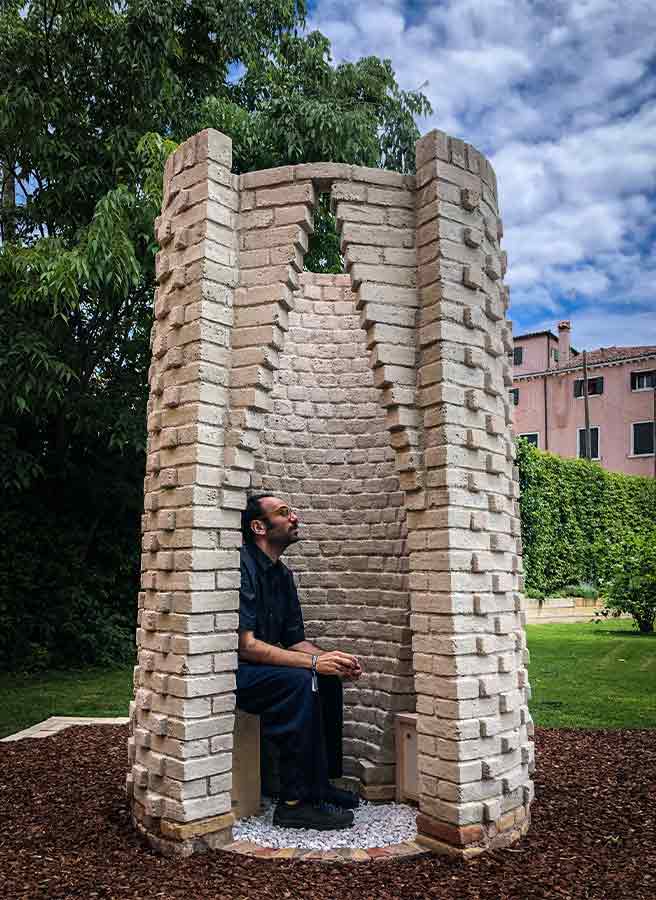 A Brick
A Brick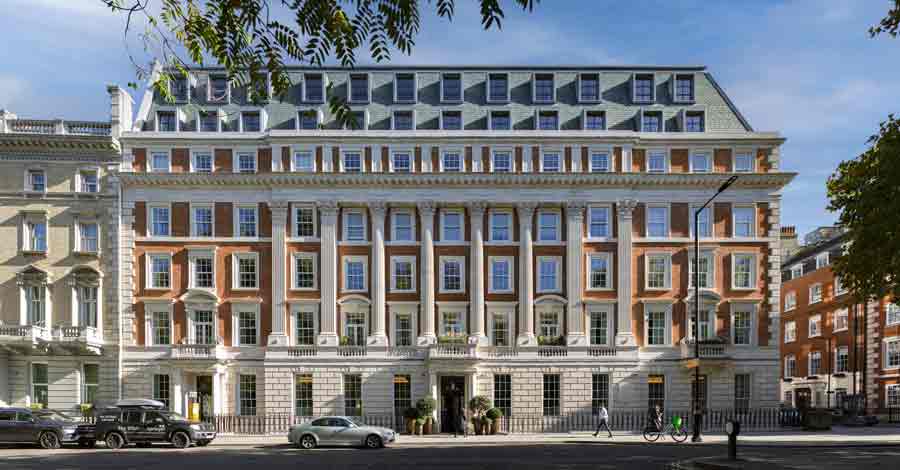 One
One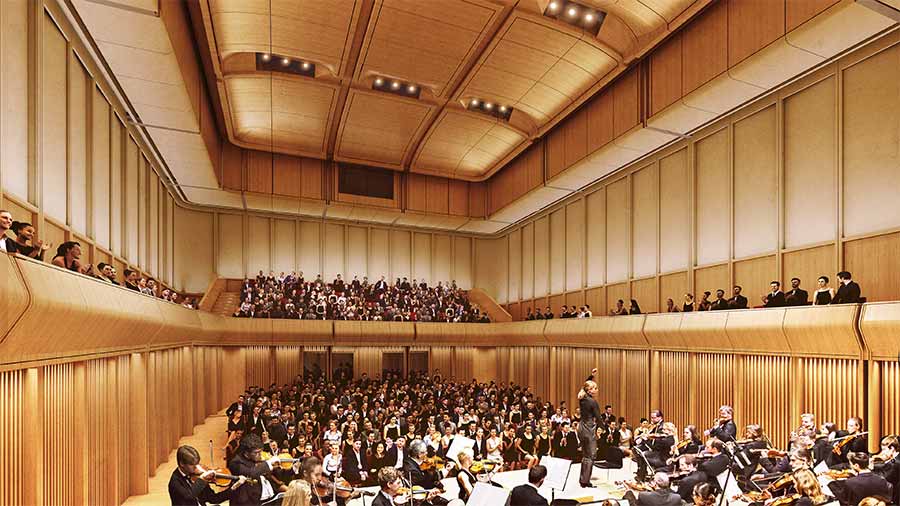 The Stephen A. Schwarzman
The Stephen A. Schwarzman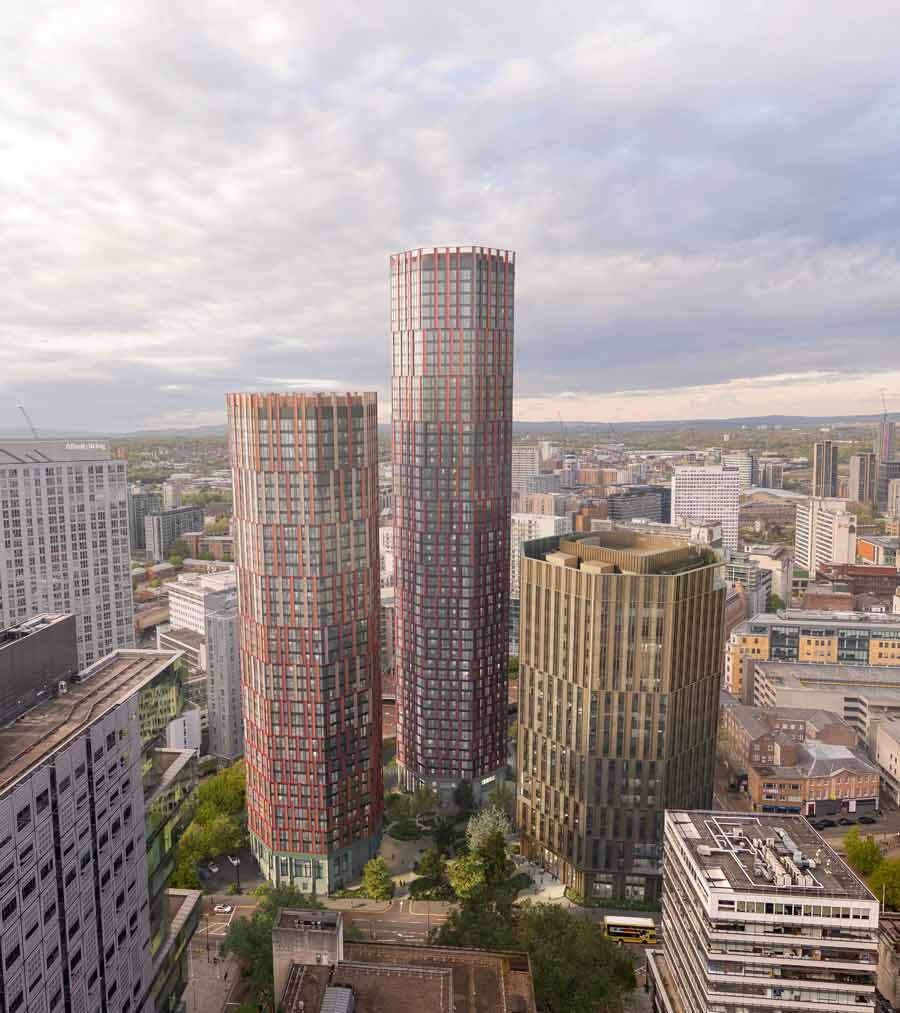 Albert Bridge House.
Albert Bridge House.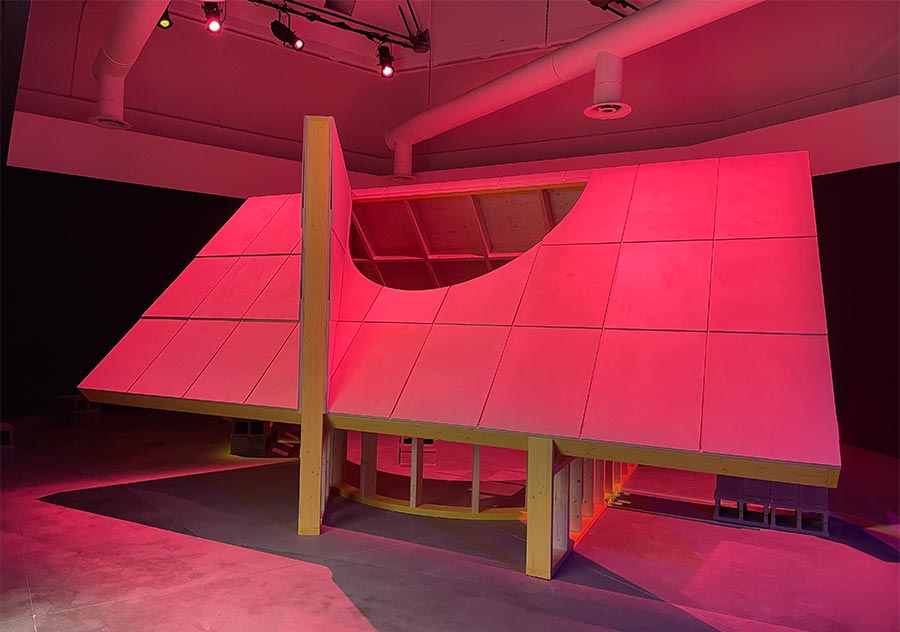 Edgar's
Edgar's Luton Power Court
Luton Power Court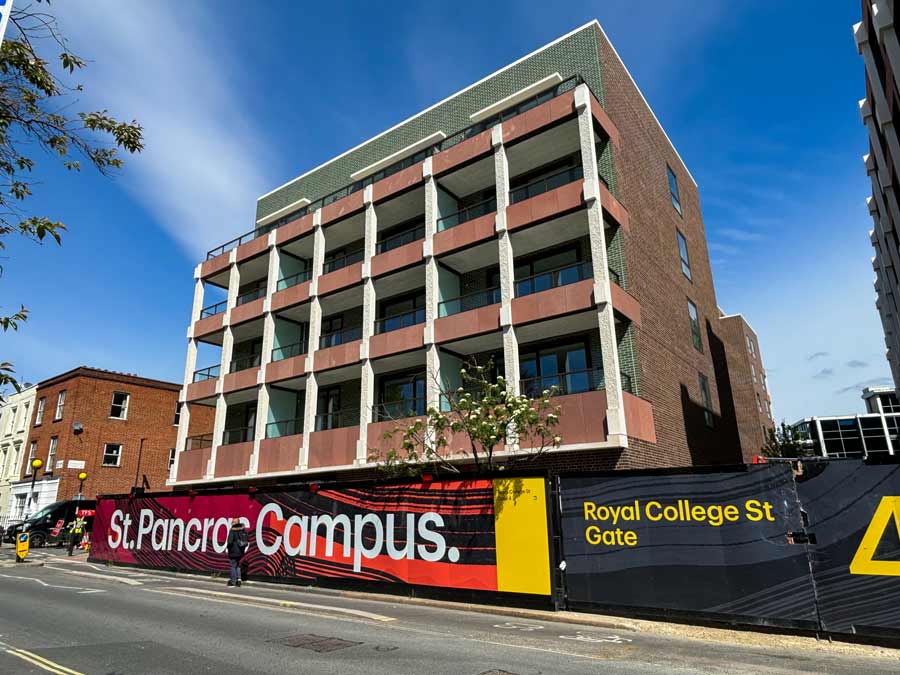 St Pancras
St Pancras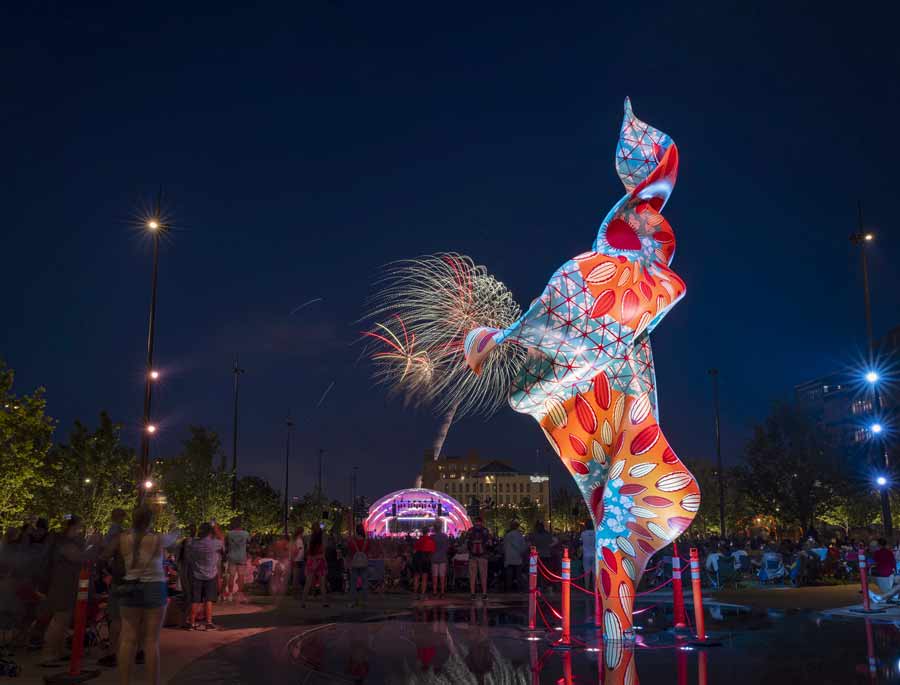 Wind Sculpture
Wind Sculpture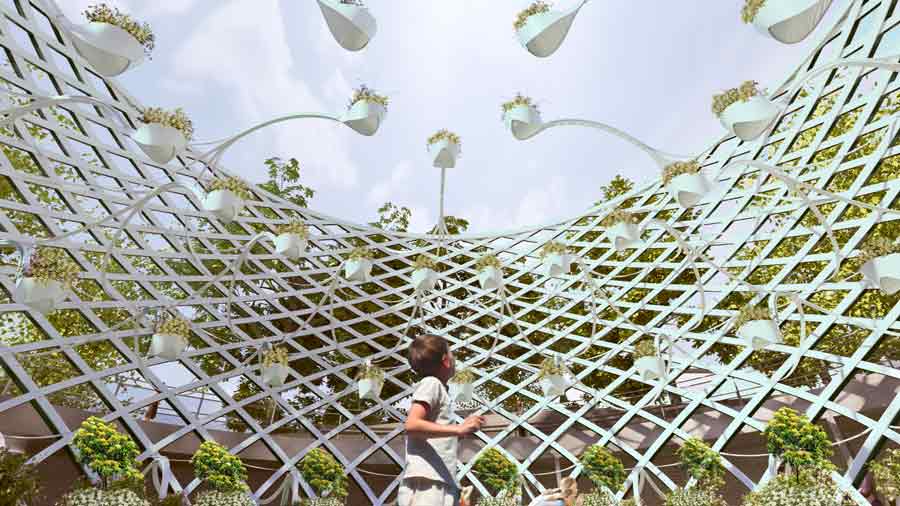 Sentosa
Sentosa The
The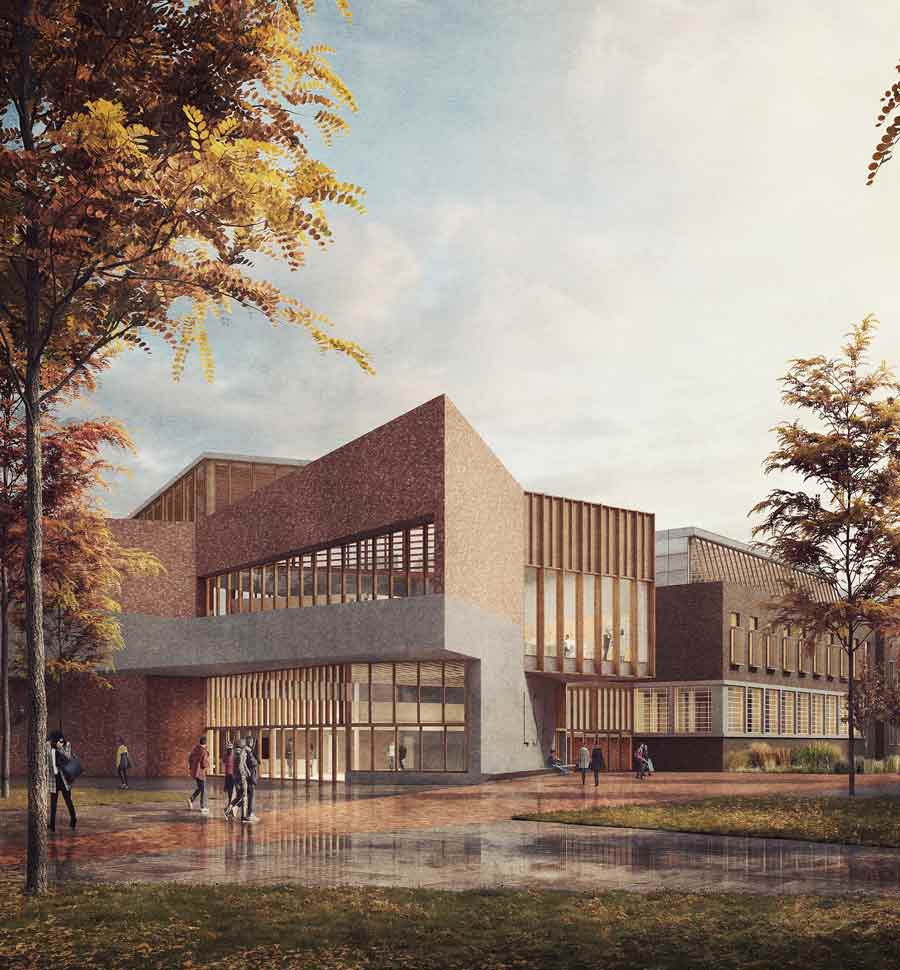 Liverpool
Liverpool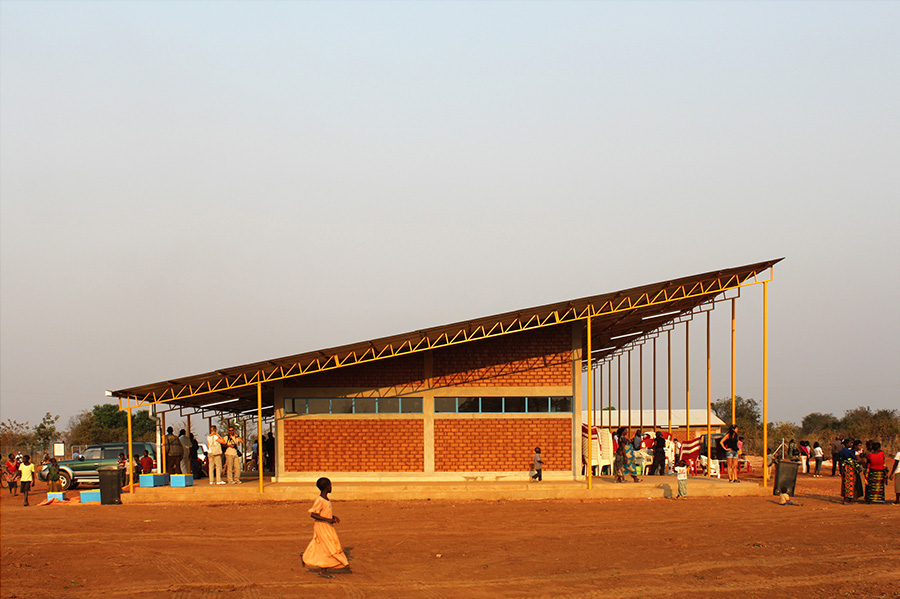 Georges Malaika
Georges Malaika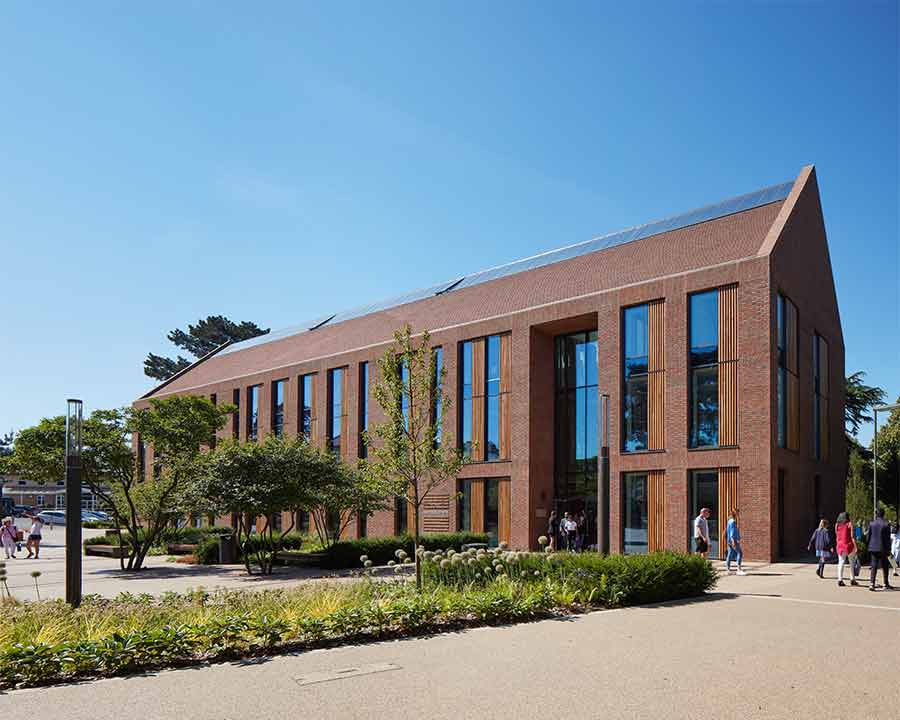 Reigate
Reigate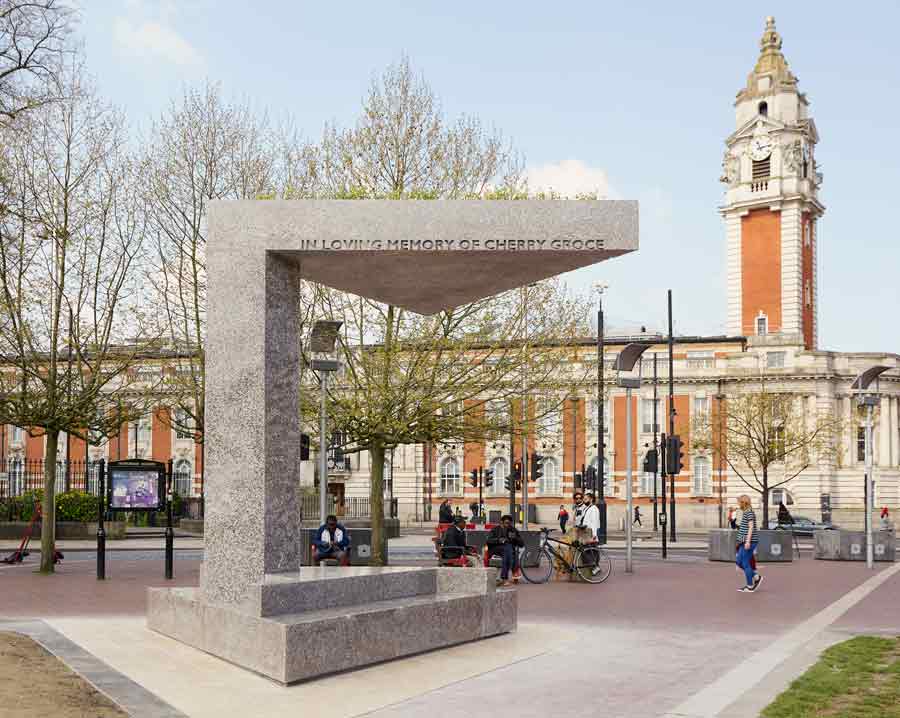 Cherry
Cherry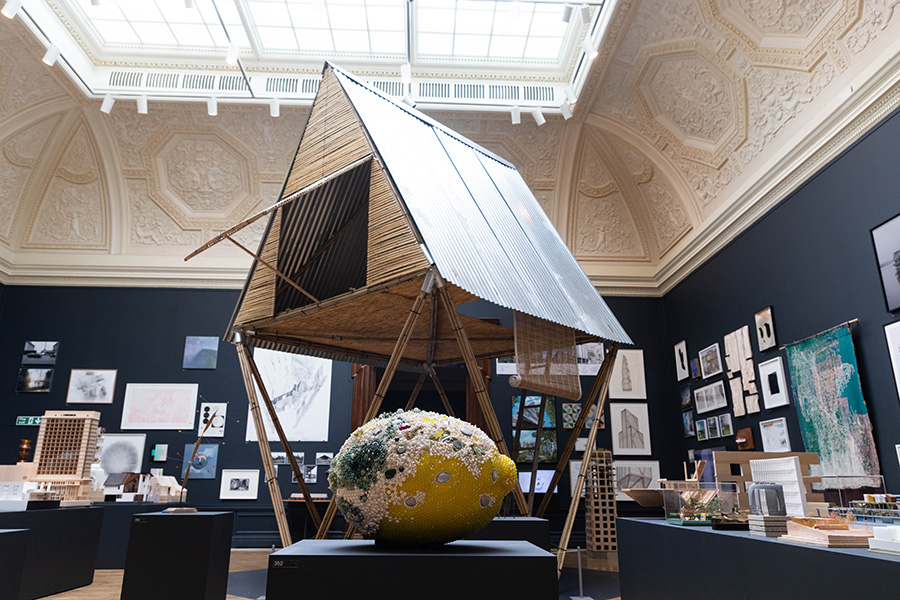 Khudi
Khudi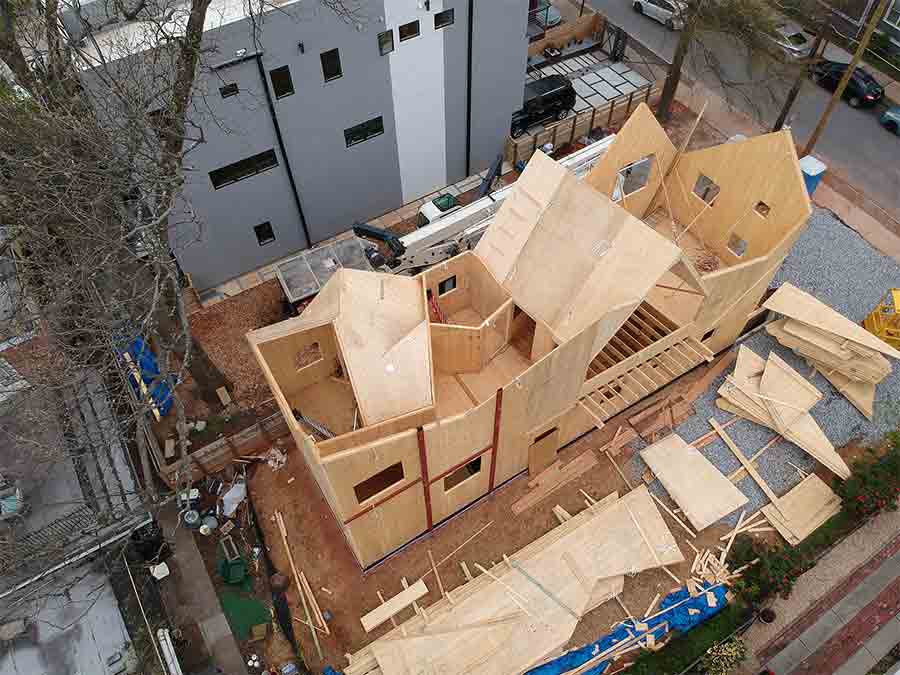 Haus
Haus